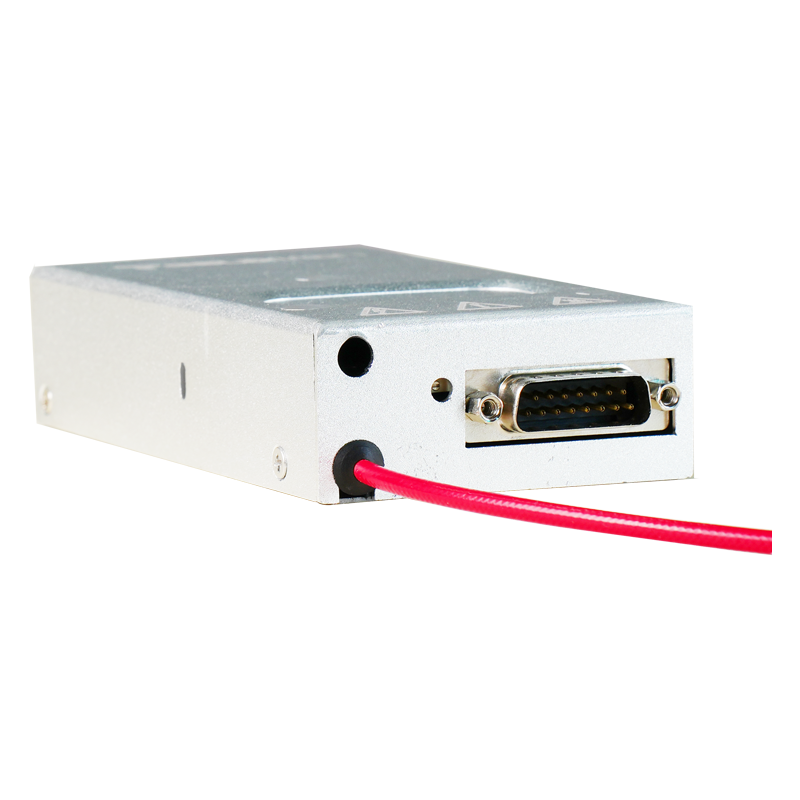Research on Lattice Damage of Ion Implantation High Voltage Power Supplies
In the fields of modern materials science and semiconductor manufacturing, ion implantation technology is an extremely important material modification method. The ion implantation high voltage power supply, as the core equipment of this technology, provides the necessary high energy ion beams for the ion implantation process. However, during the ion implantation process, the interaction between high energy ions and the lattice of the target material inevitably causes lattice damage, which has a significant impact on the performance and subsequent applications of the material.
The ion implantation high voltage power supply accelerates ions through an electric field, enabling them to obtain extremely high kinetic energy, and then injects these high energy ion beams into the interior of the target material. When high energy ions enter the lattice of the target material, a series of collision processes occur with the lattice atoms. In the initial elastic collision stage, the collision between ions and lattice atoms causes the lattice atoms to gain momentum and deviate from their original lattice positions, forming interstitial atoms and vacancies, which is the initial stage of lattice damage. As the number of implanted ions increases and the implantation depth deepens, the collision process becomes more complex, and cascade collisions may be triggered. A large number of lattice atoms are knocked out of their original positions, resulting in severe disorder of the lattice structure and even the formation of amorphous regions.
Lattice damage has various effects on material properties. In semiconductor materials, lattice damage can change the electrical properties of the material. For example, excessive lattice defects will introduce additional carrier recombination centers, reducing the carrier mobility and lifetime of semiconductor devices, thus affecting the performance and reliability of the devices. For metal materials, lattice damage may lead to an increase in material hardness and a decrease in plasticity, changing the mechanical properties of the material. Moreover, lattice damage may also affect the chemical activity of the material, making the material more prone to chemical reactions such as corrosion.
To conduct in depth research on the lattice damage caused by ion implantation high voltage power supplies, researchers have adopted a variety of advanced analysis techniques. Transmission electron microscopy (TEM) can directly observe the microscopic changes in the lattice structure. Through high resolution imaging, the types, quantities, and distributions of lattice defects can be clearly distinguished. Rutherford backscattering spectrometry (RBS) combined with ion channeling technology can accurately measure the degree of lattice damage. By analyzing the energy spectrum of backscattered ions, the displacement of lattice atoms and the depth distribution of damaged areas can be determined. In addition, X ray diffraction (XRD) technology is also commonly used to study lattice damage. By analyzing the changes in diffraction peaks, information such as lattice distortion can be obtained.
Regarding the problem of lattice damage during the ion implantation process, some effective countermeasures have been developed. In terms of the implantation process, methods such as low temperature implantation, step by step implantation, and ion beam annealing can be used to reduce the degree of lattice damage. Low temperature implantation can reduce the energy transfer during the collision between ions and lattice atoms, reducing the displacement of atoms; step by step implantation controls the ion dose injected each time to avoid generating too much lattice damage instantaneously; ion beam annealing uses the energy of the ion beam to perform in situ annealing on the implanted material to repair some lattice defects. In material design, selecting appropriate target materials and implanted ion types, as well as optimizing the material pretreatment process, also helps to reduce the impact of lattice damage.
The lattice damage caused by ion implantation high voltage power supplies is a complex and crucial issue. In depth research on the mechanisms, impacts, and countermeasures of lattice damage is of great significance for improving the accuracy of ion implantation technology and material performance, and promoting the development of related fields such as semiconductors and materials science.




















